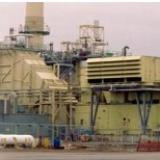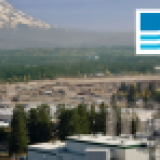Steam Condensate Treatment
Increase performance by controlling energy and water losses due to corrosion and leaks in steam condensate systems
Increase performance by controlling energy and water losses due to corrosion and leaks in steam condensate systems
Carbon dioxide and oxygen are the primary contaminants found in steam condensate that are often the source of iron and copper corrosion. This leads to piping and equipment damage, and the loss of high-quality water and heat through condensate leaks. Veolia’s steam condensate treatments include neutralizing amines, filming amines, and oxygen scavenger-metal passivators designed to protect all parts of the condensate treatment system against these various contaminants.
Product Highlight
Features & Benefits
Condensate Modeling
Case Studies

Steamate FM1007 provides effective steam condensate treatment for organic food manufacture
A major US-based cereal manufacturer decided to pursue organic certification for one of its cereal brands.

Veolia’s Polyamine filmer safeguards a cycling power plant from corrosion
A combined-cycle plant located in the US had been operating in variable load operation for many years, and the plant was subject to daily and seasonal peaks as well as periods of complete shutdown whe

Cycling power plant eliminates corrosion at start-ups & improves reliability with Polyamine
Frederickson Power is a 250 MW Combined Cycle power plant operated by Atlantic Power in Washington state. Its generating system is comprised of a gas turbine sending its flue gas to a 3-drum heat
